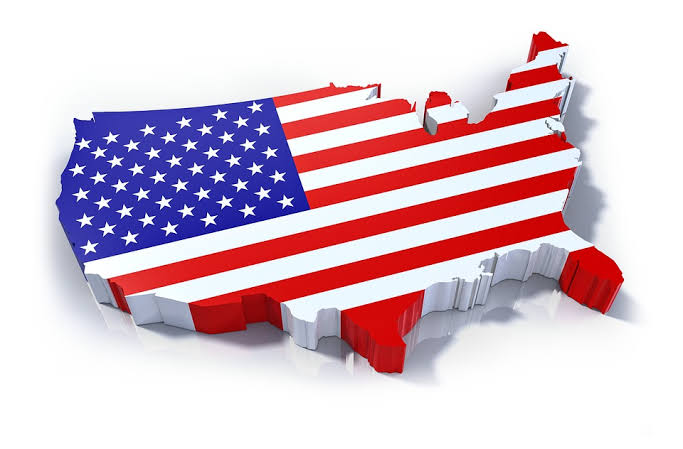The United States is a melting pot of cultures and languages, boasting a diverse linguistic landscape. As a nation built on immigration, it is no surprise that a multitude of languages are spoken throughout the country. This article explores the most spoken languages in the United States, shedding light on the number of people speaking each language and their corresponding percentages. From Spanish to Chinese, Tagalog to French, the linguistic tapestry of the U.S. reflects its rich heritage and dynamic demographics.
1. English: The Dominant Language (Approx. 225 million speakers, 73.6%)
English is the de facto official language of the United States, serving as the primary means of communication for the majority of its population. The widespread use of English can be attributed to its historical origins as the language of the early British settlers and its continued dominance in education, business, and government.
2. Spanish: The Second Most Spoken Language (Approx. 41 million speakers, 13.4%)
Spanish holds a prominent position in the linguistic landscape of the United States due to its deep-rooted ties with Latin American and Caribbean countries. The influx of Spanish-speaking immigrants has significantly contributed to the language’s prevalence, particularly in states with large Hispanic populations such as California, Texas, Florida, and New York.
3. Chinese: A Rising Influence (Approx. 3.5 million speakers, 1.1%)
The Chinese language has seen a remarkable surge in popularity in recent decades, driven by significant immigration from China, Taiwan, and other Asian countries. Mandarin and Cantonese are the most widely spoken Chinese dialects in the U.S., with vibrant Chinese communities thriving in cities like San Francisco, New York, and Los Angeles.
4. Tagalog: The Language of the Philippines (Approx. 2.5 million speakers, 0.8%)
The Philippines has been a significant source of immigration to the United States, and Tagalog has emerged as a prominent language within the Filipino-American community. Cities such as Los Angeles, San Diego, and Chicago are home to sizable populations of Tagalog speakers.
5. Vietnamese: A Language of Cultural Heritage (Approx. 1.5 million speakers, 0.5%)
Vietnamese is another language that has gained traction in the U.S., primarily due to Vietnamese refugees settling in the country after the Vietnam War. Cities like Houston, San Jose, and Westminster have large Vietnamese-speaking communities, preserving their cultural heritage through language.
6. French: A Language with Historic Ties (Approx. 1.2 million speakers, 0.4%)
French has a long and storied history in the United States, dating back to the early European explorations. French-speaking communities exist in various regions, such as Louisiana, Maine, and parts of New England.
7. Arabic: A Growing Presence (Approx. 1.1 million speakers, 0.3%)
Arabic has seen a notable increase in the United States, driven by immigration from various Arabic-speaking countries. Cities like Dearborn, Michigan, and New York City are known for their vibrant Arabic-speaking neighborhoods.
8. Korean: Thriving Communities (Approx. 1 million speakers, 0.3%)
Korean-speaking communities have flourished in the U.S., with significant populations in cities like Los Angeles, New York City, and Atlanta. This growth can be attributed to both immigration and a strong interest in Korean culture, including K-pop and Korean cuisine.
9. Russian: A Lingua Franca for Immigrants (Approx. 850,000 speakers, 0.3%)
Russian-speaking communities have established themselves across various states, particularly in cities like New York, Los Angeles, and Chicago. The influx of Russian-speaking immigrants and refugees has contributed to the language’s prominence.
10. German: A Language with Deep Roots (Approx. 1 million speakers, 0.3%)
German, although not as prevalent as it once was, maintains a presence in the U.S. due to its historical significance and immigrant communities. German-speaking communities can still be found in states like Pennsylvania, Texas, and North Dakota.
Conclusion
The United States’ linguistic diversity is a testament to its history, immigration patterns, and cultural richness. English remains the dominant language, but the vast array of languages spoken throughout the country reflects the nation’s ever-evolving identity. Understanding and appreciating this linguistic mosaic can foster a greater sense of unity and appreciation for the various cultures that contribute to the American tapestry.



 For all latest articles, follow on Google News
For all latest articles, follow on Google News